UAE e-Invoicing Guide 2026-2027 Update: Rules, Deadlines, Next Steps

What is e-invoicing in the UAE?
An electronic invoice is created, sent, received, and processed as structured data, so systems can read it automatically. PDFs, images, Word files, HTML emails, and scanned copies are not e-invoices. They are outside scope. The UAE’s program requires invoices to be issued in an approved structured format and exchanged through the national system.
Under the UAE decisions, an Electronic Invoice and Electronic Credit Note must be issued, transmitted, and received in a structured format that allows automatic processing.
Why the UAE is introducing e-invoicing
The program aims to cut the tax gap, improve compliance, support a digital, paper-light economy, and make audits faster and more accurate. It also helps level the playing field and improve the overall business experience by reducing manual handling and errors.
The model: 5-corner, decentralized exchange
The UAE selected a Decentralized Continuous Transaction Control and Exchange model, often called the 5-corner approach. It uses the Peppol network and PINT AE data specifications to enable interoperability. Invoices travel from a supplier’s system, through the supplier’s Accredited Service Provider (ASP), to the buyer’s ASP and system. A copy is also processed via the central data platform for tax data reporting to the FTA.
At a glance:
- Supplier creates a structured e-invoice and sends it via an Accredited Service Provider.
- The sending ASP validates and transmits it securely to the buyer’s ASP.
- The buyer’s ASP delivers it to the buyer’s system.
- Tax data is processed and reported to the FTA through the central platform.
Who is in scope?
The electronic invoicing system applies to any person conducting business in the UAE for every business transaction, unless excluded by decision.
Some transactions are excluded, including certain sovereign government activities, specified international airline services with e-tickets or airway bills (with a limited time exception for certain freight documents), and specified financial services that are exempt or zero-rated under VAT rules. The Minister may also determine further exclusions.
Business-to-consumer transactions are out of scope at first and will become subject only when determined by a future decision.
Key rollout dates and phases
The rollout starts with a pilot and voluntary use, then moves to phased mandates based on size and type.
- Pilot programme: begins 1 July 2026, with a Taxpayer Working Group testing under Ministry and FTA supervision.
- Voluntary adoption: any person may implement e-invoicing from 1 July 2026, provided they meet the technical requirements.
- Mandatory phases:
- Revenue ≥ AED 50,000,000: appoint an ASP by 31 July 2026, implement by 1 January 2027.
- Revenue < AED 50,000,000: appoint an ASP by 31 March 2027, implement by 1 July 2027.
- Government entities: appoint an ASP by 31 March 2027, implement by 1 October 2027.
- Revenue ≥ AED 50,000,000: appoint an ASP by 31 July 2026, implement by 1 January 2027.
After these phases, any person or government entity subject to the system must implement e-invoicing as required. B2C remains excluded until a separate decision activates it.
Your obligations at a glance
- Appoint an Accredited Service Provider (ASP): issuers and recipients must use an accredited provider for exchange and reporting. The Ministry will publish the list.
- Issue and transmit on time: for VAT registrants, issue and transmit within VAT timelines, and in all cases within 14 days from the Date of Business Transaction through the e-invoicing system.
- Report e-invoices and e-credit notes to the FTA within the timeline prescribed by the Minister.
- Use the required data fields: electronic invoices and credit notes must contain all fields prescribed by the Ministry.
- Storage in the UAE: keep all e-invoices, e-credit notes, and associated data in the UAE in line with the Tax Procedures Law timelines.
- Notify of system failures: inform the Authority within two business days if a system failure prevents compliance.
- Agents and self-billing: permitted under conditions, including VAT rules for self-billing between registrants.
About Accredited Service Providers (ASPs)
ASPs sit at the heart of the exchange. They must be Peppol-certified, comply with PINT AE and UAE data dictionary requirements, meet information security and continuity standards, and hold specified insurance. Accreditation involves pre-approval, testing, and ongoing evaluation.
In short:
- OpenPeppol certification and conformance testing are required.
- Information security: ISO/IEC 27001 for the product, encryption in transit and at rest, MFA, and regular security monitoring.
- Business continuity: ISO 22301; company registration and presence criteria.
- Insurance: professional indemnity (min AED 2.5m), crime insurance (min AED 5m), and cyber fraud insurance (min AED 5m).
- Service commitment: an annual commitment to provide 100 free e-invoice exchange and reporting services per end-user agreement.
What this means for your team:
- You do not need to build your own exchange. Your ASP handles routing, validations, and secure delivery.
- You remain responsible for data quality. If the payload is missing fields, your invoice will fail validation.
- Security is shared. The ASP secures transport and platform. You secure your users, roles, and access to your ERP.
What counts as an e-invoice (and what does not)
- Counts: electronic invoices issued, sent, and received in a structured format that enables automatic processing through the system.
- Does not count: PDFs, Word files, images, HTML pages, or scanned OCR images.
Typical field groups in a UAE e-invoice:
- Supplier and buyer identification and tax references.
- Invoice header details, dates, and references.
- Line items with quantities, unit prices, and tax treatment.
- Totals, currency, and any adjustments or allowances.
- References for related documents, such as purchase orders or delivery notes.
Your ASP and ERP will guide the exact data dictionary. We suggest mapping your current invoice template to these field groups so gaps are clear before testing.
How we suggest you prepare
We keep it simple and practical.
- Map your flows. List your sales and credit note scenarios for B2B and B2G. Note who issues, who receives, and when corrections happen.
- Confirm your systems. Check if your ERP or accounting tool can generate and consume PINT AE-compatible e-invoices through an ASP.
- Shortlist ASPs. When the Ministry’s list is published, select an ASP that fits your volume, integrations, and controls. Build a light test plan for creation, validation, and submission.
- Set timelines. Use the phase dates that apply to your revenue band to backward plan your onboarding and testing windows.
- Train the team. Bring finance, tax, IT, AR, AP, procurement, and legal into one short enablement session.
- Adapt your policies. Update invoice cut-off times, credit note workflows, data retention, and incident response to cover the 14-day issuance rule and system failure notifications.
A practical implementation playbook
- Week 1: appoint an internal owner, collect sample invoices and credit notes, and document your current approval steps.
- Week 2: meet potential ASPs, confirm connector options for your ERP, and draft your test scope.
- Week 3–4: build a sandbox, send sample invoices to the ASP test endpoint, and review validation feedback.
- Week 5: train AR and AP teams, update your invoice cut-off times, and confirm how you will handle returns and credit notes.
- Week 6: run a parallel test on live-like data, then approve your go-live checklist.
Testing scenarios worth including
- Standard B2B invoice with tax at line level.
- Zero-rated supply where applicable under VAT rules.
- Credit note that reverses a single line and a full invoice.
- Currency differences and rounding checks.
- Buyer master data errors to confirm how rejections are handled.
Data governance and storage
- Store e-invoices and e-credit notes inside the UAE, aligned to your retention policy.
- Keep a clear index so audits can locate documents quickly.
- Keep system logs of who issued, approved, transmitted, or cancelled each document.
Team roles to clarify
- Invoice owner: raises and submits the invoice.
- Reviewer: checks tax treatment and buyer data.
- Approver: signs off before transmission.
- Admin: manages user access and coordinates with the ASP.
Working with Alpha Pro Partners
We help businesses plan, test, and roll out e-invoicing without disrupting operations. If you want a light readiness sprint or a full integration plan, we can guide your team and coordinate with your chosen ASP.
Contact Alpha Pro Partners for a free consultation to run your e-invoicing readiness check. Our team of experts can ensure your ERP, policies, and controls are aligned with UAE e-invoicing.
FAQs
What is UAE e-invoicing?
It is a national system for issuing, transmitting, exchanging, and reporting invoices and credit notes in a structured electronic format so they can be processed automatically.
When does UAE e-invoicing start?
The pilot and voluntary use begin 1 July 2026. Mandatory phases follow in 2027, based on revenue bands and government status.
Who must comply?
Any person conducting business in the UAE is in scope for business transactions, except specified exclusions. Phasing determines when you must implement.
Does this apply to B2C?
Not at first. B2C is excluded until a future decision sets the date.
What are the mandatory phase deadlines?
Revenue ≥ AED 50m: appoint ASP by 31 Jul 2026, implement by 1 Jan 2027.
Revenue < AED 50m: appoint ASP by 31 Mar 2027, implement by 1 Jul 2027.
Government entities: appoint ASP by 31 Mar 2027, implement by 1 Oct 2027.
What is an ASP?
An Accredited Service Provider is a Peppol-certified provider approved to send, receive, and exchange UAE e-invoices, meeting strict security, continuity, and insurance standards.
What format should invoices use?
They must follow the UAE-prescribed structured format (PINT AE) so systems can process them automatically. PDFs, images, and scanned copies are not valid e-invoices.
What fields must an e-invoice contain?
All data fields and particulars prescribed by the Ministry must be included. Your ASP and ERP should enforce these.

.webp)
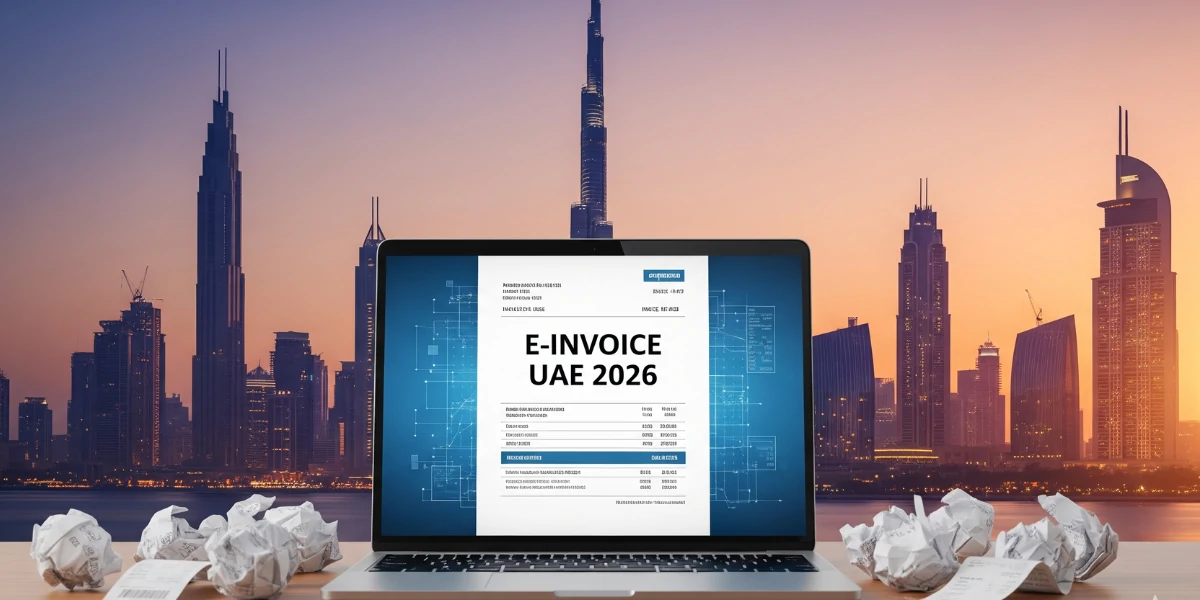
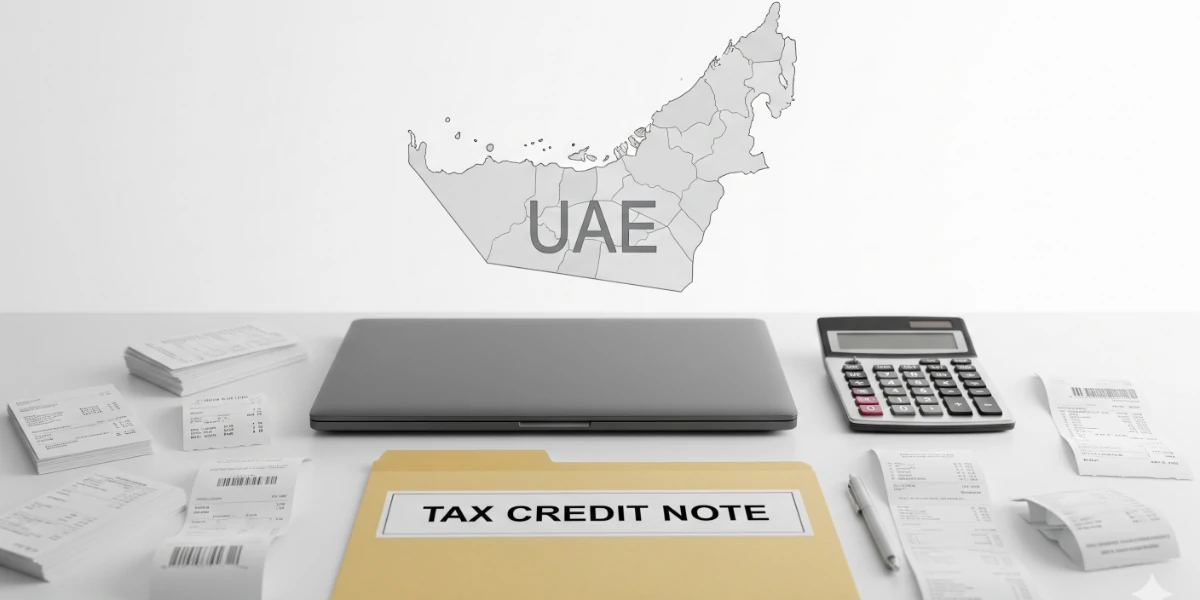







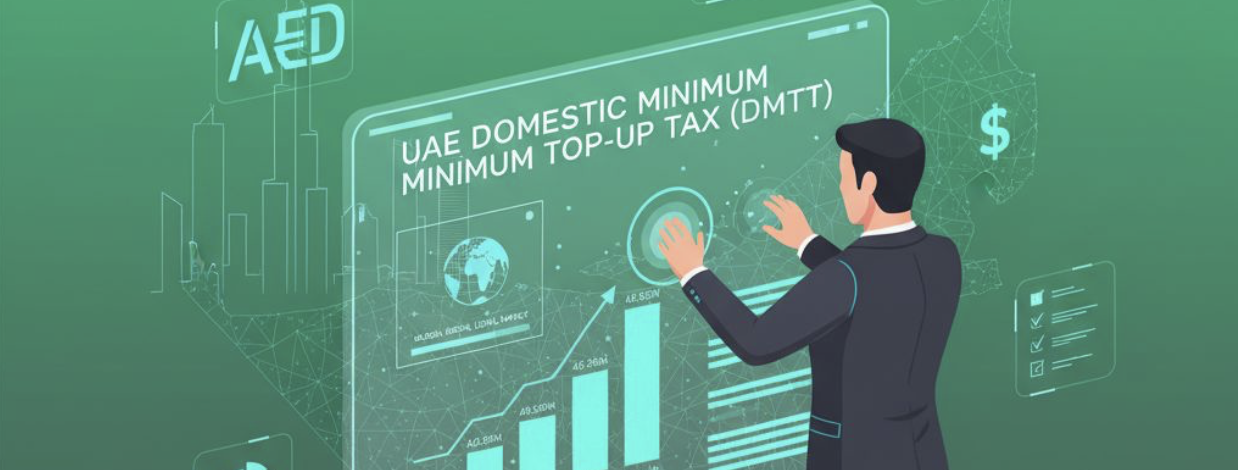





.webp)
.webp)
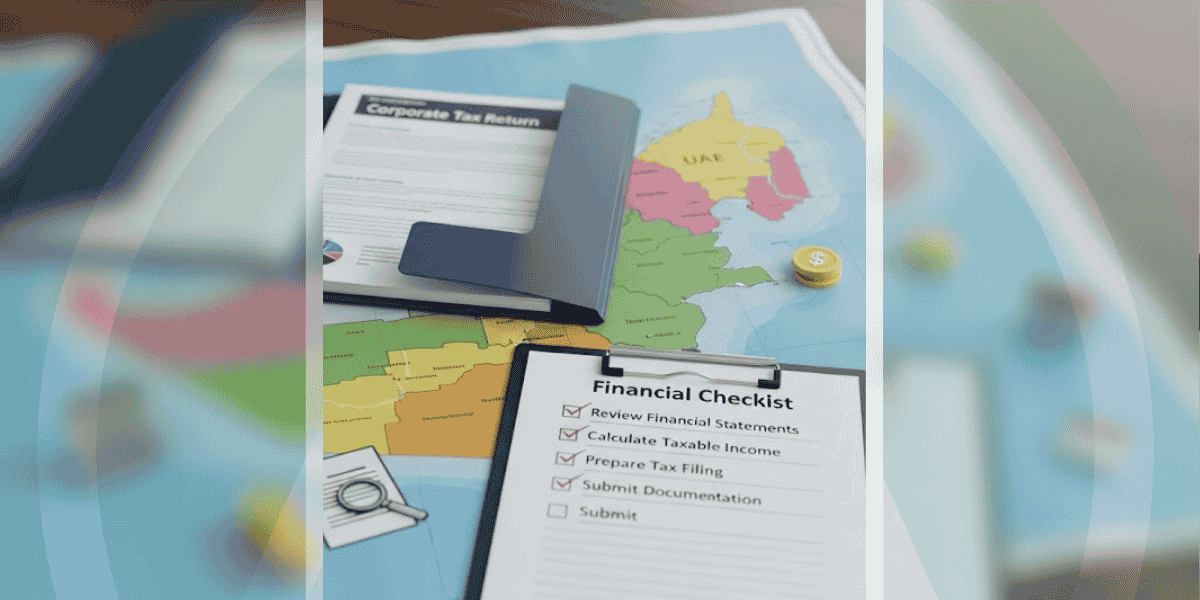

.png)
.png)
.png)
.png)
.png)

.png)
.png)


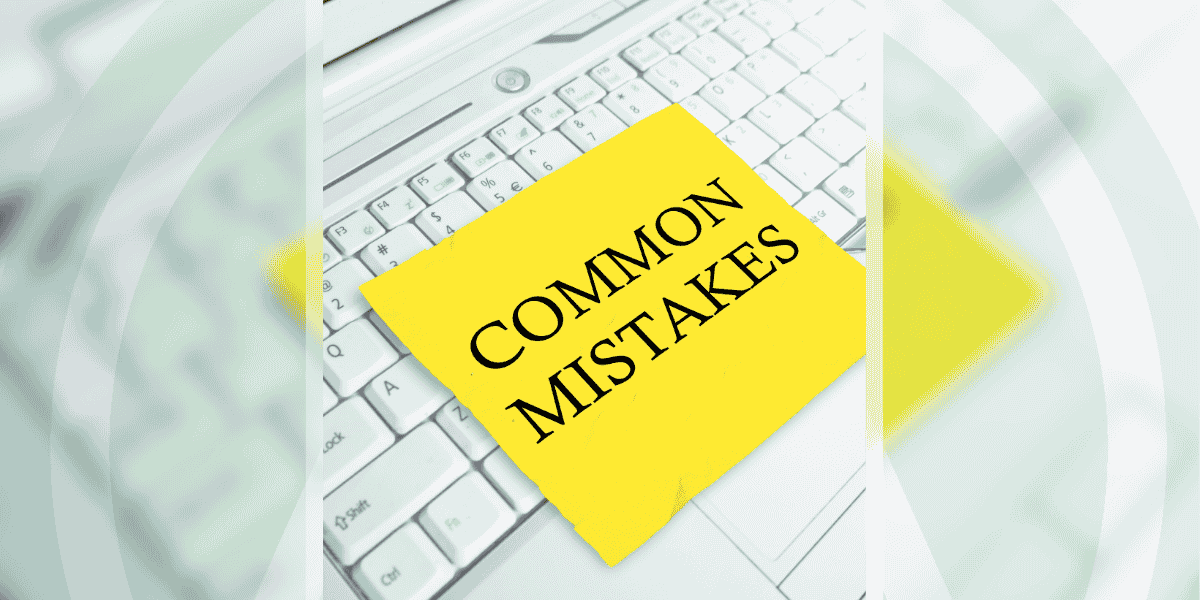
.png)
.png)





.jpg)


.jpg)





.png)
.png)








